ABSTRACT
With the increase in big data applications, it has become the need of the hour to handle data efficiently to handle the growing traffic in the data centers. The popular mechanism is parallel processing using commodity hardware hence it is becoming an interesting research topic to explore new architectures which have high performance, but with increase in data sizes the architecture has to expand which increases the cabling complexity.
Hence the study of Free Space Optical (FSO) communication for the data centers is gaining more importance now than ever. We proposed square OWCELL topology which is a new free space optical (FSO) architecture and was accepted in IEEE-ICC. With a view of competing with existing Fat-tree architecture, we are also exploring the usage of hybrid switching over the OCS switching.
We also modify a flow level simulator which helps reduce the complexity of simulation by considering study of flows instead of packets. In this tool, we calculate the parameters of flows accepted, flows rejected, flows for which path cannot be found, total flows and their percentages. The Hybrid performs at par or better most of the times as compared to OCS switching by about 3-8% on variation of buffer sizes, number of servers in the network and the congestion.
DATA CENTER CLASSIFICATION
As the name suggests, it is called hierarchical because the layers of switches are arranged in levels. At the lowest level are the servers which are connected to ToR’s (Top of Racks) switches. The speed of these links is in the range of 1-10Gbps. Aggregate switches are used to interconnect ToR’s and their data rates are in the range of 40-100 Gbps. Core switches interconnect the aggregate switches, and the data rate is higher than the aggregate switches but around the same range of 40-100 Gbps.
BACKGROUND
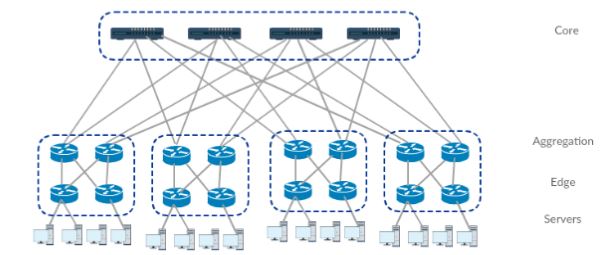
Figure 3.1: Fat-tree Architecture
In a regular tree, a parent produces two children, each of which in turn produces two children each. Hence the width of the tree increases with the increase in the number of children and since each child is connected to only one parent, the communication bandwidth for each node remains the same. Hence the efficiency does not depend on the position at which they are placed i.e. nodes can be placed at any arbitrary position.
METHODOLOGY
The topologies under the study have applications in data centers with a minimum of 16k servers which means that the amount of data flow through the network is considerably high and hence the open flow simulator simulations which is based on the principle of flows rather than packets will give an almost actual behavior of the network.
PROPOSED DATA CENTER TOPOLOGIES
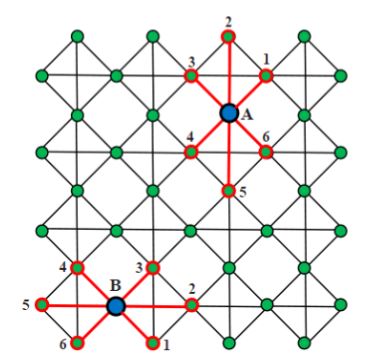
Figure 5.1: Square cell’ed architecture
The Fig. 5.1 shows the 4×4 square cell network. It can be represented as C(4, 1, S) with 4 representing the square configuration, 1 means the total levels of the mesh network and since we are considering only the single layer mesh networks it is 1 and ’S’ representing the number of servers in each rack. In this the racks are placed along the vertices of a tilted square such that they are connected to each other with wireless optical links represented by the solid black lines.
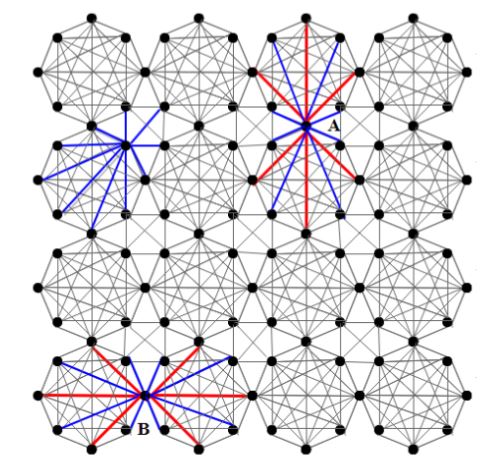
Figure 5.4: Modified cross-Octagonal cell architecture
In this we modify the middle rack to have more routing options. This is done because we think that the bottle neck in normal octagonal and square cellular networks is the less routing capabilities. Hence by adding cross links in cross octagonal cellular network the performance increased. Here in this topology we are tryig to see if adding more links to the middle racks as shown in the fig. 5.4 will have impact on the performance.
SIMULATION
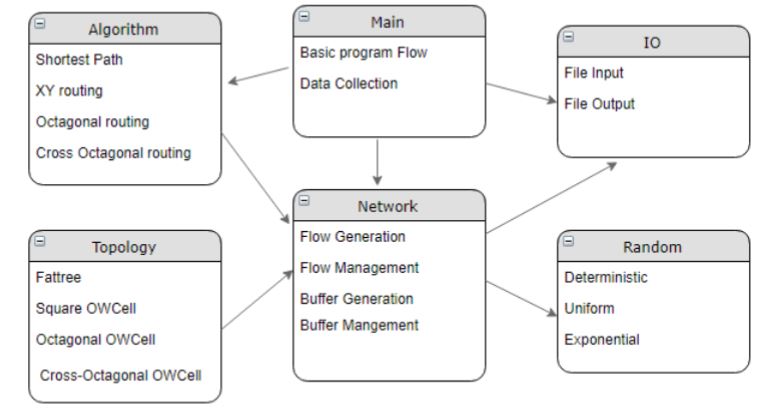
Figure 6.1: Functional Diagram
The tool can be divided into several parts depending on the functions as shown in the fig. 6.1.
Main: This module consists of the code which does the integration with other modules such as the network, IO and Algorithm.
IO: This module takes care of reading the values from the parameter files and storing the results in the text file.
EXPERIMENTS AND RESULTS

Figure 7.1: Flows vs Percent data accepted for 16k servers
The first experiment is for 16K servers, and the variation of change percent change in accepted flows to the total number of flows is in the Graph 7.1. Here we see that hybrid switching performs better than OCS switching in the start till about 8k flows and then the performance of hybrid switching is same as that of OCS switching. This can be explained by the fact that initially the buffers are empty and hence storing the flows causes less number of lows to be dropped but as the traffic becomes uniform the buffers are filled and emptied at constant rate.
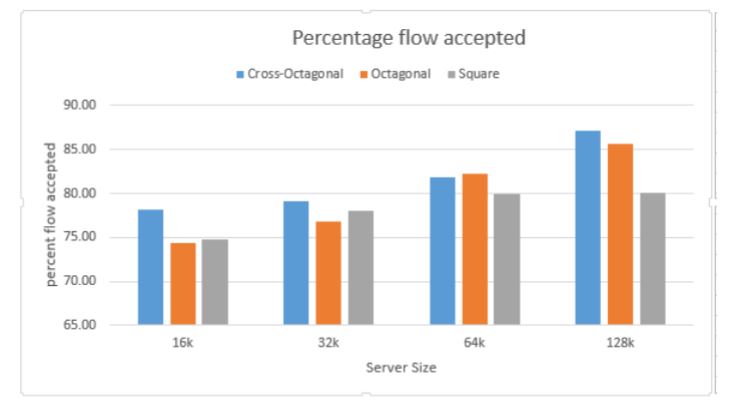
Figure 7.5: Comparison of Cross Octagonal, Octagonal and Square Celled architecture
In this study, we compare the performance of square cell data centers to that of octagonal and cross-octagonal cell data centers. In the graph 7.5, we can see that the octagonal and cross octagonal performs better than that of square cell data center.
CONCLUSION AND FUTURE WORK
In this thesis, we try to study the optical techniques in Data Centers. OWCELL square architecture which is a new data center network proposed has been already introduced in is studied for performance in the optical circuit switching and the hybrid mode which comprises of optical burst switching along with optical circuit switching.
We are currently have published a technical paper in IEEE-ICC about the introduction of square cell architecture and its performance and are currently in the process to introduce the octagonal and cross-octagonal architectures and their advantages over the square cell architecture. With various studies, it is seen that the Hybrid switching can outperform the traditional optical circuit switching(OCS) by about maximum 8% by choosing appropriate buffer size. Even with its worst performance it is not bad as compared to OCS.
However, the general observation is that the peak performance comes for smaller data centers, and the larger data centers are much more stable and do not show much change with the change in traffic conditions. The performance of cross cell architecture is high due to the increasing number routers and thereby increasing the number of possible path explaining its superior performance over square cell architecture.
Source: University of Nebraska-Lincoln
Author: Suraj Yadav